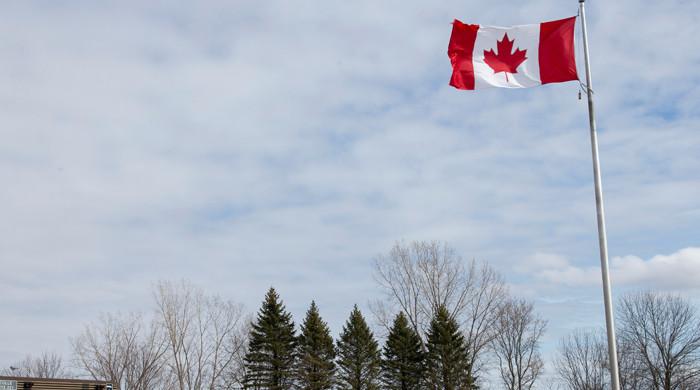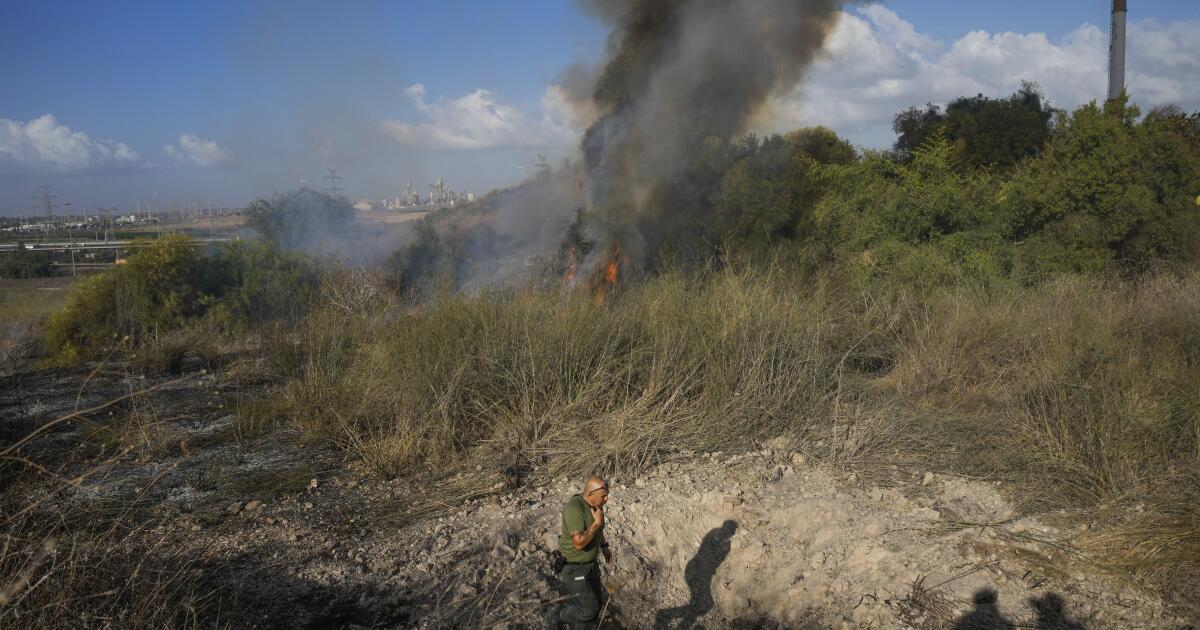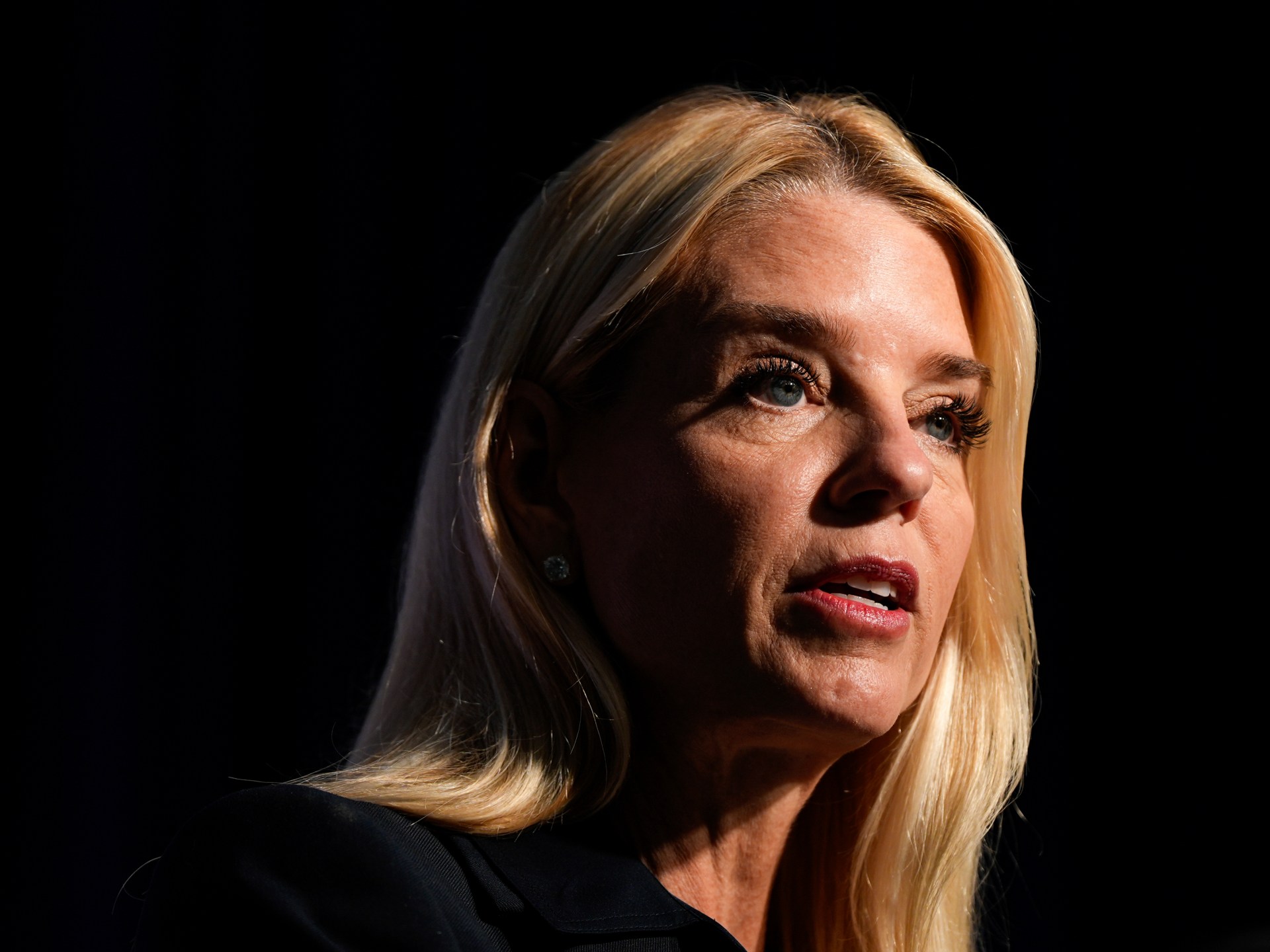A few weeks ago, the Australian Bureau of Meteorology declared that the Pacific Ocean is no longer in an El Niño state and has returned to its “neutral” state. American scientists at the National Oceanic and Atmospheric Administration have been more hesitant, but estimate that there is an 85% chance that the Pacific will enter a neutral state in the next two months and a 60% chance that a tsunami event will begin. The Girl in August.
After an El Niño that was one of the three strongest in the last 40 years and brought a wet winter to the United States (and California, in particular), this transition could mean a dramatic change in climate as we enter summer.
The progression from El Niño to La Niña, which is part of a broad system called the “El Niño Southern Oscillation” or ENSO, is the result of conditions in the tropical Pacific. During the neutral phase, which is or will soon be in force, the so-called trade winds blow from east to west along the equator. These winds push warm surface waters with them, bathing Indonesia and New Guinea in the warm waters of the “Pacific Warm Pool” and forcing cold water up from the depths of the ocean along the coast of America. from the south.
Aggressive and impactful reporting on climate change, the environment, health and science.
When an El Niño phase begins, these winds weaken, so warm sea surface temperatures move eastward toward South America. This can lead to climate changes around the world: landslides in Peru, droughts in Australia, fish kills in the eastern Pacific, and more frequent atmospheric rivers in Southern California. These changing weather patterns also further weaken the trade winds, creating more warm water off the coast of South America, which in turn weakens the winds, and so on.
So what prevents El Niño phenomena from continuing to intensify forever?
Well, it turns out that you can think of the Pacific Ocean as a kind of enormous bathtub, and El Niño as a wave of warm water splashing from one end of the bathtub to the other. When that wave reaches the Ecuadorian coast, it rebounds, carrying the warm water back to Asia and Oceania, which strengthens the trade winds, which push the warm water faster, until the wave reaches the other end of the “bathtub.” ; This is a La Niña phase, when the western Pacific is especially warm and the eastern Pacific especially cold, at which time the process repeats itself. This is the “oscillation” that gives ENSO its name, and is why a strong La Niña often follows a strong El Niño.
This winter's El Niño had sea surface temperature anomalies of 3.6 degrees (2 degrees Celsius), qualifying it for the unofficial “very strong El Niño” status. As is typical, the warm waters of El Niño caused high global temperatures, but due to the unprecedented effects of climate change, these temperatures were anything but typical. In December, when El Niño was at its peak, global surface temperatures were 0.45 degrees (0.25 degrees Celsius) above the next warmest December on record.
This increase may not seem so unusual given the current era of ever-rising temperatures, but when you consider that the difference between the coldest December on record (in 1916) and the second warmest (in 2016) is less than 3.6 degrees , is much more shocking, so surprising that leading climate scientists have begun to publicly wonder if there are elements missing in our understanding of climate change.
Fortunately, the emergence of ENSO-neutral conditions, followed by the likely La Niña, should begin to lower global temperatures, at least temporarily. This will be of little comfort to the United States, as the National Weather Service predicts above-average summer temperatures for virtually the entire country. Additionally, La Niña events are associated with drier conditions across the southwestern United States that could persist into next winter. While this year's generous Sierra snowpack should insulate California from the effects of a scorching summer, the state is never more than one winter below average from a drought.
There are also possible implications for the rest of the country: La Niña has been linked to increased hail and tornado activity in the Southeast and an increase in hurricanes in the Atlantic and Gulf of Mexico. In fact, many experts are predicting a “hyperactive” hurricane season in the tropical Atlantic, with one forecast reaching an unprecedented 33 named storms. On the other hand, however, there will likely be a slow hurricane season in the eastern Pacific, with little chance of a repeat of Hurricane Hilary's passage over Southern California last August.
Of course, all of these forecasts (that La Niña tends to cause dry conditions in Southern California, that this place will receive more hurricanes while that region will receive more hail, and even how strong an El Niño or La Niña) are based on correlations and theories that researchers have rigorously developed using data from the last half century.
But given the recent rapidity of climate change, there are no guarantees that past trends will continue into the future. In situations like these, climate scientists typically turn to computer models to understand how phenomena like ENSO might change over time.
Unfortunately, many climate models have not yet developed the ability to accurately predict ENSO; Its complexity and the fact that it requires the ocean and atmosphere to change together make its representation particularly difficult. This means that as we move into a new era of accelerated climate change, the future of ENSO remains uncertain.
Ned Kleiner is a scientist and disaster modeler at Verisk. He has a PhD in atmospheric sciences from Harvard.












